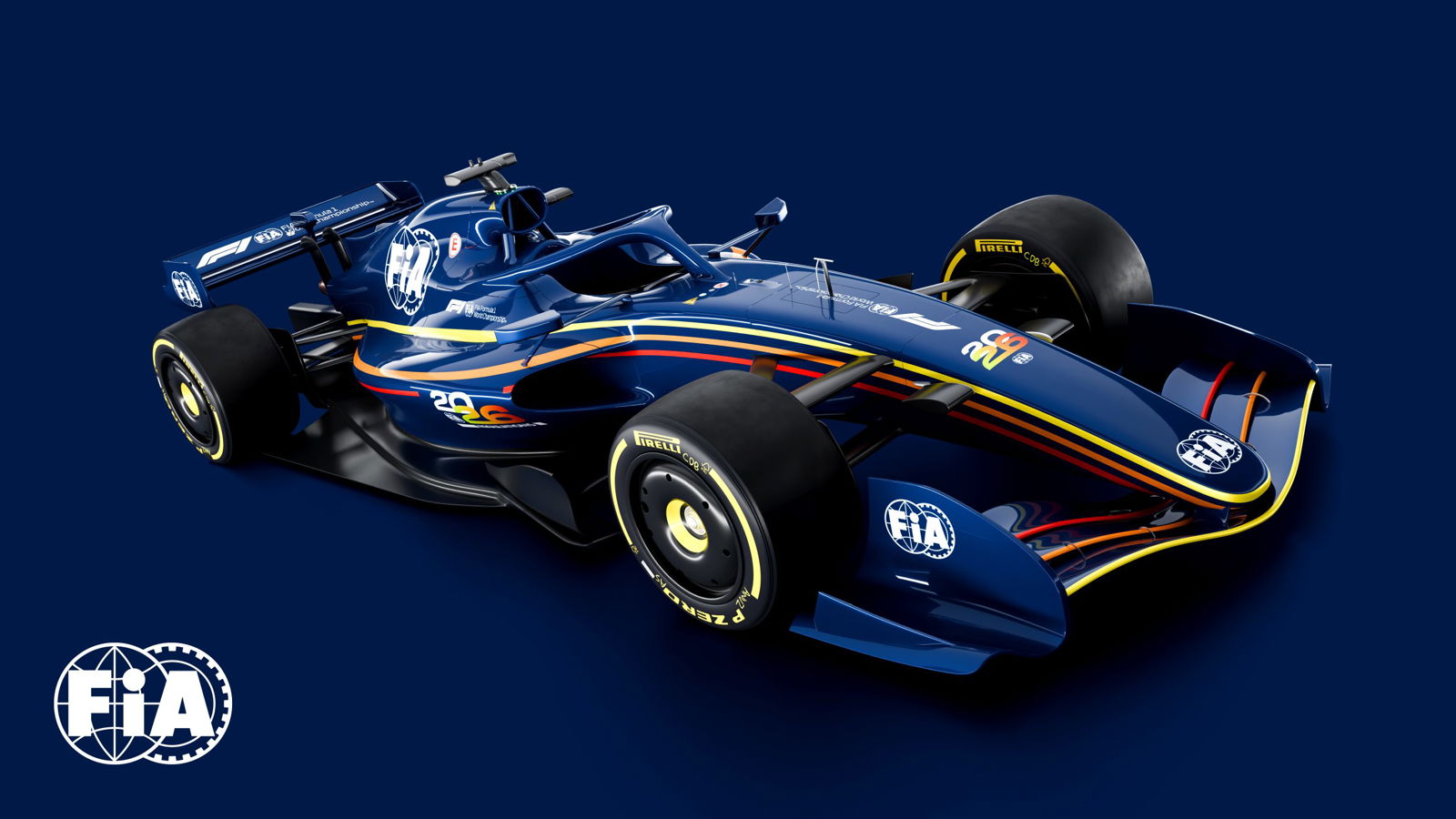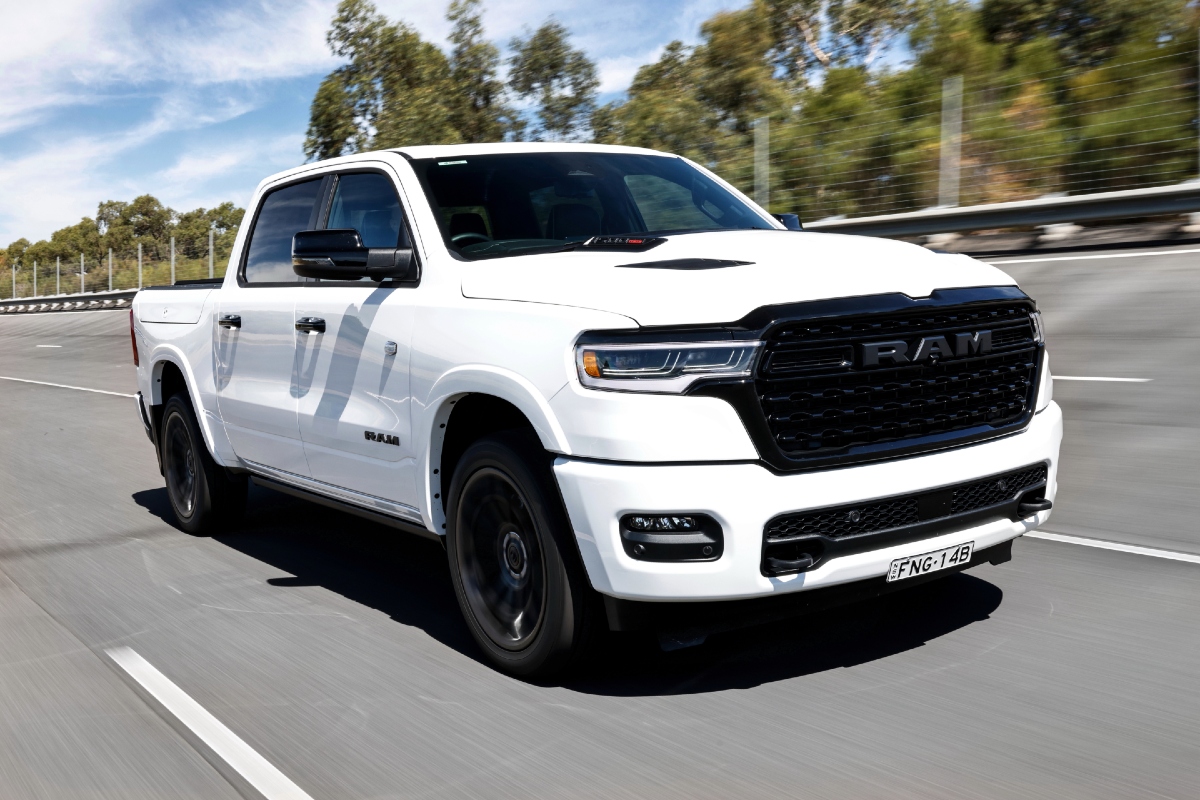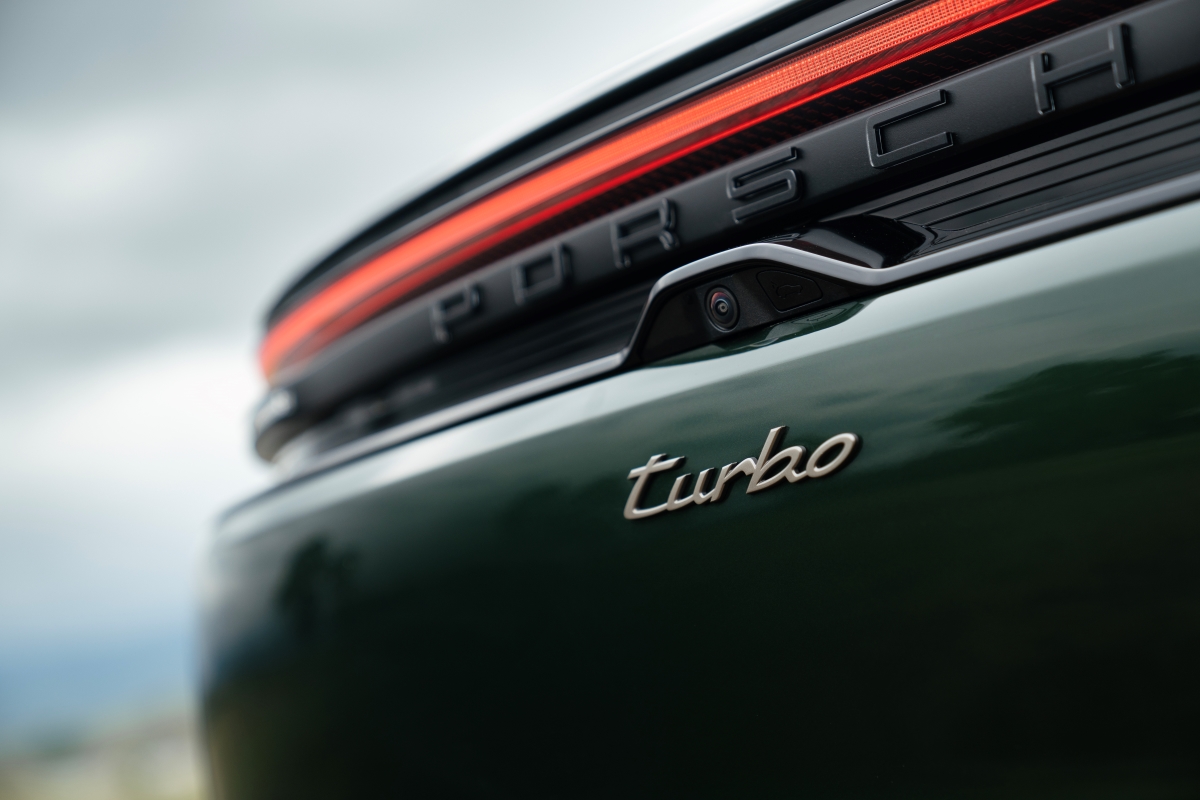
Presented today, the 2026 regulations changes impact the power unit, chassis, and aerodynamics of F1 design.
They are set to go a step beyond current rules with an increased focus on electrical energy from the power unit, which will fall under a cost cap for the first time in the sport’s history.
That will see the re-introduction of ‘active’ aerodynamics and other changes designed to produce a better on-track product – including a 30kg reduction in minimum weight.
“I would call them a moderate revolution,” said FIA single seater director, Nikolas Tombazis of the scale of the new regulations.
“We introduced the 2026 power unit regulations a couple of years ago, which involve further removal of the MGU-H, the significant increase of the electrical component of the power unit, as well as sustainable fuel and now, as part of a drive towards the overall improvement of efficiency in these cars, the chassis regulations need to match the power unit regulations.
“The cars will have quite a visual difference to the current cars,” he added.
“They will be a bit smaller in dimensions.
“We’re trying to make what we call a ‘nimble’ car – smaller in all dimensions and also a bit lighter.
“There will be some visual cues for that – the front wings, the tyres will be different, the rear wings –that will make the cars quite distinct from the current generation of Formula 1 cars.”
The rule changes are designed to promote close racing on track.
Formula 1 took a step in that direction with the current generation of rules, introduced for 2022.
There remain, however, areas of opportunity which Tombazis hopes will be capitalised on in 2026.
“We expect cars to be still very challenging to drive, there will be a bit less downforce on the cars, there will be a few more things to look after for the drivers,” Tombazis reasoned.
“And hopefully that, together with the closer racing, will always keep it a drivers’ championship and a big challenge for these very intelligent and talented individuals.”
Outwardly, the 2026 cars share more than a passing resemblance to the current generation of car.
Closer inspection however reveals changes to the front and rear wings, among other subtle variations.
“The main goal of the 2026 aero rules is really to focus on re-establishing following car performance,” said Jason Somerville, FIA head of aerodynamics.
“We want great racing; we want to ensure that the cars can race closely so the 2026 rules are an opportunity for us to reset the baseline level of the car so that they can race well together.
“And we also aim to make sure that the aerodynamics package is closely working with the power unit.
“Clearly the 2026 power unit has different characteristics, with a greater electrical component and as the heart of the car, we really needed to make sure that the aerodynamics complement that power unit.”
Under the bodywork, the current 1.6-litre turbo combustion engine will remain, though changes to the fuel flow mean it will decrease in power from 540 kilowatts to 400kW.
The MGU-H has been scrapped for the new rules, deemed too complex for new manufacturers and too expensive in the current climate.
Instead, there will be a sharp increase in the use of the MGU-K, which recovers energy from braking, with the available energy almost tripling from 120kW to 350kW.
“It is almost the same combustion engine as today, and the main change is the reduction in fuel flow, which reduces power,” explained Vincent Pereme, FIA head of powertrain.
“We will also have a constraint on the maximum boost level, to 4.8 bar, when with the current PUs that was unlimited.
“This is to help any newcomers to avoid pursuing unreachable limits and to stay within a range they can manage.”
Work on the power unit regulations began in 2021 with input from existing and potential manufacturers.
Renault, Ferrari, Mercedes, Honda, Red Bull Ford, and Audi have all committed to develop power units for 2026, with Cadillac entered for 2028.
“They wanted to have a cost that was controlled, and reduced drastically compared to what they were spending today,” Pereme said of early discussions with the manufacturers.
“They wanted sustainability to be the main topic of these new regulations. And they wanted to have the ERS as the focus of development.”
Part of that process will see limitations placed on the materials that can be used, for both economic and sustainability reasons – the latter rationale also at the heart of a new, 100 percent sustainable, drop-in fuel.
Given the power unit regulations were developed first, it was those that dictated the direction of aerodynamic work.
“If you were to drop the 2026 power unit into a current car, given the underlying drag level, the energy required to push the car through the air is rather high, and that wouldn’t be very well aligned with the characteristics of the power unit,” Somerville explained.
“We would end up with a severe drop off in speed on the typical main straights.
“So, the focus for 2026 aerodynamically has been to reduce the base level of drag of the car, while trying to maintain a good level of downforce in the corners, and that’s led us towards active aerodynamics.”
That introduced its own issues, notably a sudden balance shift that proved difficult to manage for drivers during simulator testing.
“In order to reduce the overall drag, we have an active portion of the rear wing, akin to the DRS system that we currently have, although with more moving elements, which move to a greater degree,” Somerville continued.
“From our simulation work with the teams and their drivers, as soon as you have a rear wing that moves to reach the target drag level, it was clear that you needed to have an active front wing to match the balance characteristics.
“There were certain conditions where the drivers didn’t feel comfortable with a large forward aero balance, meaning lots of downforce on the front and not much downforce on the rear.
“So that led us towards the need to have an active front wing, as well as an active rear wing.”
Active aerodynamics are nothing new in Formula 1 and were used as recently as 2009.
However, that allowance under the regulations was largely under-utilised and written out in subsequent years.
The difference this time is that the concept forms a fundamental part of the regulations and sporting spectacle going forward.
As far as development goes, teams are unable to begin aerodynamic design until January 2025, with work ongoing to further refine the regulations up to that point.
“That’s to stop certain teams getting let’s say a very early start and maybe an unfair advantage,” Tombazis admitted.
“But on the mechanical side, the chassis, the structures, everything, teams will pretty much start as soon as these regulations are confirmed.
“We don’t set out to do regulations with a pecking order in mind, we can never predict who will get it right and who will not,” he added of the potential impact on the established pecking order.
“But when there are big changes, and these are big changes, we do expect a bit of a reshuffle.
“We can’t predict the nature of that reshuffle but it is natural to expect one.
“This is the second set of regulations where teams will be developing a car under the cost cap.
“And that is an opportunity for some of the smaller teams to catch up.
“The bigger teams can’t just spend irrationally and in all possible directions.
“All of the teams will need to prioritise and decide on where to put the effort.”













